Lahore’s population boom fuels risk of rising heat, experts warn
Once known for its distinct seasons, Lahore now alternates between smog and extreme heat
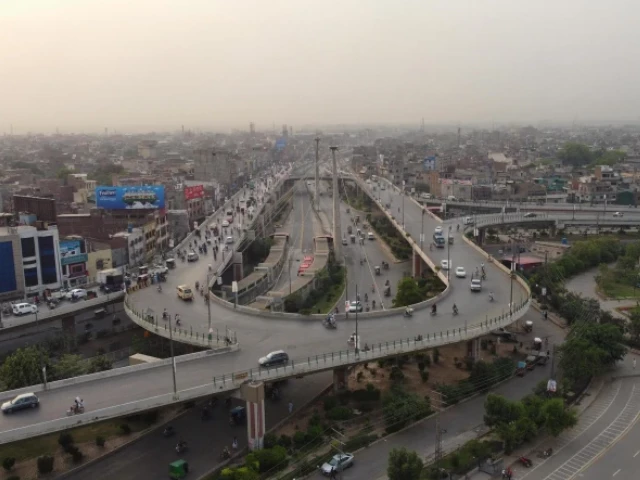
Soaring temperatures and unchecked urban expansion are making life increasingly difficult for Lahore’s residents, experts warn, as the city experiences an early and intense heatwave.
Once known for its distinct seasons, Lahore now alternates between smog and extreme heat, a shift blamed on climate change and the city’s exploding population.
The Pakistan Meteorological Department (PMD) has forecast unusually high temperatures over the next 10 days, with daily highs expected to reach 40°C — well above the April norm.
Data from the PMD shows a steady rise in April temperatures over recent years, peaking at 42°C in 2022. This year, the city is on track to match or exceed those extremes.
Environmental researchers say the rise in temperature is linked to mass deforestation and construction. Between 1990 and 2020, much of Lahore’s greenery gave way to concrete and asphalt. From 2010 to 2017 alone, the city lost 70% of its tree cover.
The Punjab Urban Unit reports that Lahore’s built-up area has nearly doubled in two decades — from 438 to 759 square kilometres — while green space now accounts for just 2.8% of the total land.
This rapid development has triggered what experts describe as an “urban heat island effect”, where buildings and roads trap heat during the day and release it slowly at night, keeping temperatures elevated.
The PMD, along with environmental scientists, cite global warming, loss of vegetation, industrial emissions, and flawed urban planning as key contributors to worsening heatwaves.
Provincial disaster authorities have issued heat safety advisories urging residents to avoid going outside from 11am to 4pm, stay hydrated, wear light clothing, and monitor vulnerable individuals. In case of symptoms like dizziness or nausea, medical assistance should be sought immediately.
Experts stress that while these guidelines may offer temporary relief, Lahore needs long-term climate-resilient urban planning. Solutions include preserving existing greenery, mass tree plantation drives, and integrating climate considerations into city development plans.
Without urgent action, scientists warn, extreme heat may become the new normal in cities like Lahore, threatening public health, agriculture, and the urban economy.

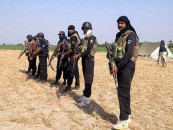
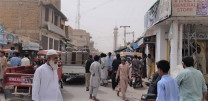

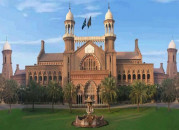
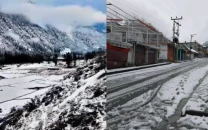



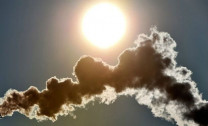
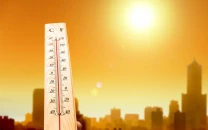


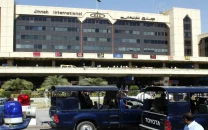

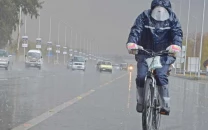

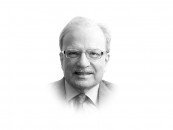



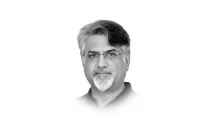

COMMENTS
Comments are moderated and generally will be posted if they are on-topic and not abusive.
For more information, please see our Comments FAQ